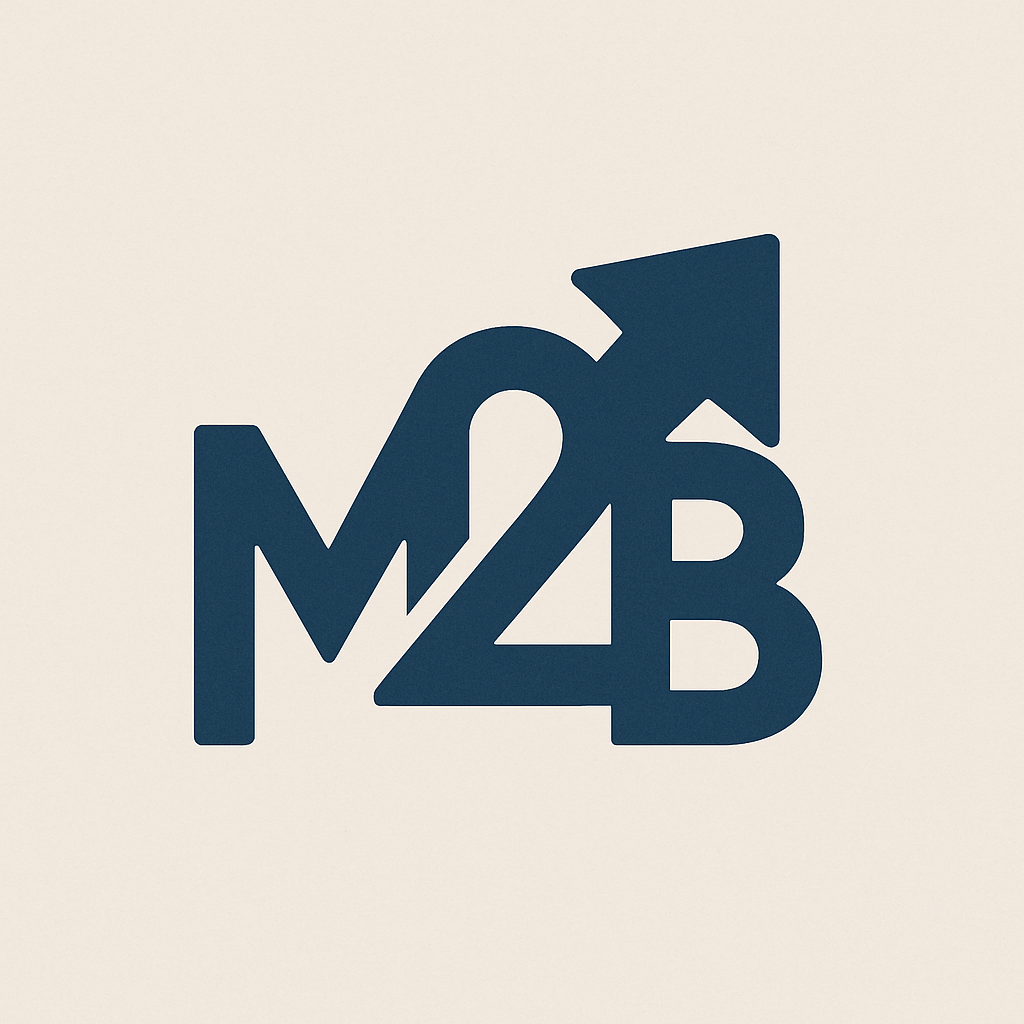How to Become PMP Certified: A Clear Guide for Busy Professionals
Are you considering pursuing the PMP (Project Management Professional) certification but unsure what it involves or if it is worth the effort? This guide will walk you through the steps, requirements, and practical advice you need to prepare for this rigorous—but rewarding—professional credential.
To clarify, the PMP certification is not a short training course or certificate program. It is an internationally recognized qualification administered by the Project Management Institute (PMI). It requires both practical project experience and deep knowledge of the PMBOK® Guide (Project Management Body of Knowledge), along with successful completion of a four-hour exam.
Understanding the PMP and CAPM Certifications
PMI offers several certifications, but two are most relevant to beginners:
CAPM (Certified Associate in Project Management) – entry-level, designed for professionals with limited project experience.
PMP (Project Management Professional) – advanced certification for professionals who lead projects and teams.
If you meet the requirements for PMP, I generally recommend aiming for PMP rather than CAPM. It provides greater recognition, career advancement, and salary potential.
2025 PMP Certification Requirements
To qualify for the PMP exam, you must meet both education and experience requirements:
If you hold a four‑year degree (bachelor’s degree or global equivalent):
4,500 hours leading and directing projects
35 hours of formal project management education (PDU courses)
If you have a secondary degree (high school diploma or associate degree):
7,500 hours leading and directing projects
35 hours of formal project management education
You may combine professional work, volunteer projects, or community involvement to reach these experience hours. PMI evaluates your application and determines whether your background qualifies.
Step-by-Step PMP Preparation
1. Evaluate Your Eligibility
Begin by logging your project experiences. Document roles where you led or directed projects, even in personal or volunteer contexts. Apply creativity: organizing events, community projects, or team initiatives often count.
2. Complete 35 Hours of Formal Training
You must complete an approved 35-hour project management education course or training provider. Many professionals choose self-study with recognized providers as it is more flexible and cost-effective. I will share my recommended study resources in a separate post.
3. Apply to PMI
Once you have documented your experience and education, submit your application via PMI’s website. After PMI reviews and approves your application, you will receive an eligibility code to schedule your exam.
4. Prepare Thoroughly for the Exam
The PMP exam consists of 180 multiple-choice questions and lasts four hours. It assesses your knowledge in three domains:
People (leadership and communication)
Process (planning, execution, monitoring)
Business environment (strategic alignment)
To succeed, create a study plan that includes:
Practice tests and question banks
Review of the PMBOK Guide and agile frameworks
Participation in study groups via local PMI chapters or online forums
5. Schedule and Take the Exam
You may take the exam in a testing center or via online proctoring. Choose a date that gives you enough preparation time, usually 2–4 months depending on your experience level.
6. Maintain Certification and Professional Growth
After passing the exam, you will need to earn 60 professional development units (PDUs) every three years to maintain your PMP status. These can be earned through learning modules, webinars, volunteering, or teaching project management topics.
Why PMP Certification Is Worth the Effort
It is globally recognized, making your credentials valid across industries and regions.
It boosts your salary—PMP holders typically earn up to 20% more than their non-certified peers.
It enhances your performance, providing frameworks that benefit both your current and future projects.
It expands your network through PMI affiliations, chapters, and global community involvement.
A Personal Reflection
As a project manager and working parent, I relied on practical experience during my PMP journey. My real-world experiences made the exam material relatable and easier to understand. Even while studying, I was able to introduce process improvements in my day‑to‑day work. I earned the credential not for prestige, but for the confidence that comes from understanding proven methods and applying them effectively.
If your organization supports professional growth, approach your manager about study time or financial support. Many employers see PMP certification as an investment in their project success.
Suggested Next Steps
Review your project experience and education hours
Choose a study resource or course to meet the 35-hour requirement
Begin preparing with practice questions and peer support groups
Schedule your exam when you feel confident in your understanding
Final Thoughts
Becoming PMP certified is a journey—but it is a journey worth taking. It offers tangible benefits such as improved job opportunities, career growth, personal performance, and professional credibility. The PMP credential is not a destination; it is a commitment to continuous learning and accountability in leadership.
If you are interested in preparing effectively, choosing study materials, or earning PDUs after certification, stay tuned to this blog. I will share my tried-and-tested tools and resources to help you navigate the PMP journey with clarity and confidence.


